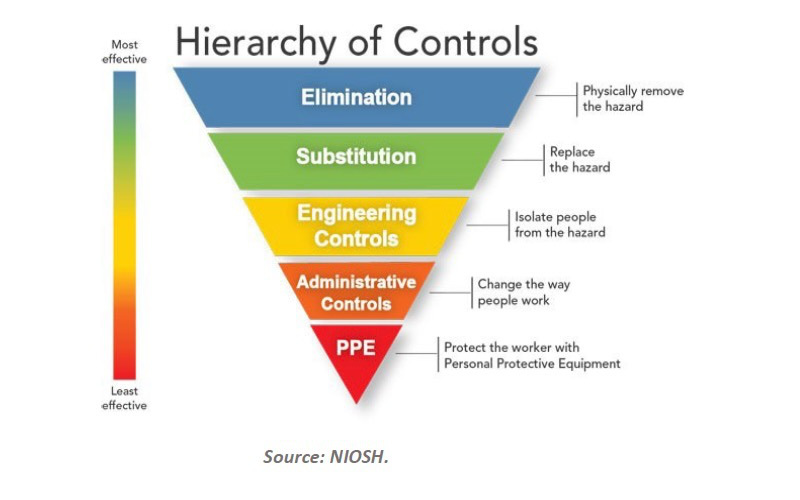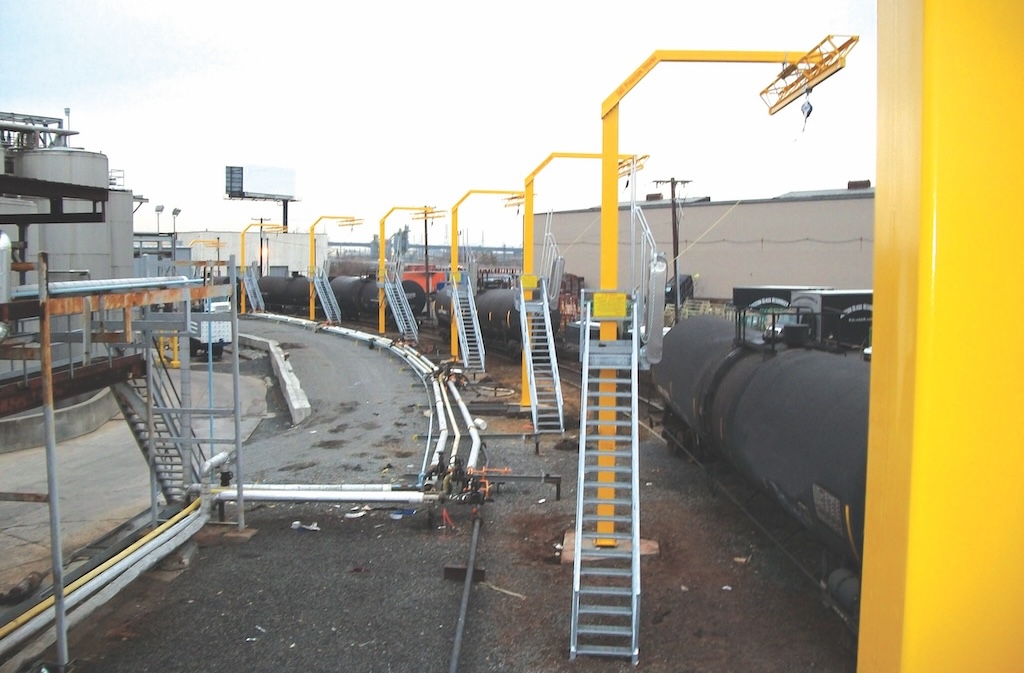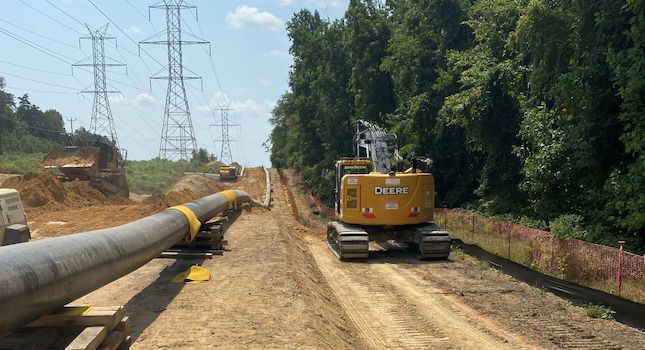Residential market affects domestic lighting system shipments; commercial, industrial sector holding on, but not for long
Compared to the second quarter, NEMA ’s Lighting Systems Index contracted 4.3% in the third quarter of 2008. Although the index’s performance has been uneven over the past several quarters, the overall trend has been negative, falling 7.5% since the same period last year, and has declined nearly 12% on a cumulative basis since the beginning of 2006. Domestic shipments dropped for all five lighting equipment segments, with large lamps posting the largest year-over-year decline.
Lighting equipment demand continues to take a significant hit from the residential market. Despite signs that a bottom might be forming in the level of existing and new home sales, construction activity continues to face headwinds on the supply and demand side. On the supply side, builders are loath to begin new homes as many local markets are bloated with inventories caused by record foreclosure rates. On the demand side, a weaker economy is prompting a pullback in household growth and creating a disincentive for consumers to make major purchases such as a new home. Lenders have reined in standards for loans, which will also reduce the ability of consumers to buy a new home. Even consumer purchases of energy-efficient lighting equipment such as CFLs has taken a hit as of late, as buyers have balked at their higher first-cost pricing.
The nonresidential market has to some extent offset the impact created by the sharp decline in demand from the residential sector. Unfortunately, that source of support is beginning to wane as inflation-adjusted outlays on commercial and industrial construction projects declined during the third quarter of 2008, marking the first such drop since 2005. Corporate profits shrinking for five consecutive quarters, slow-to-thaw credit markets and tougher lending terms have eroded the prospects for construction activity going forward, which will lead to diminished demand for lighting equipment.



